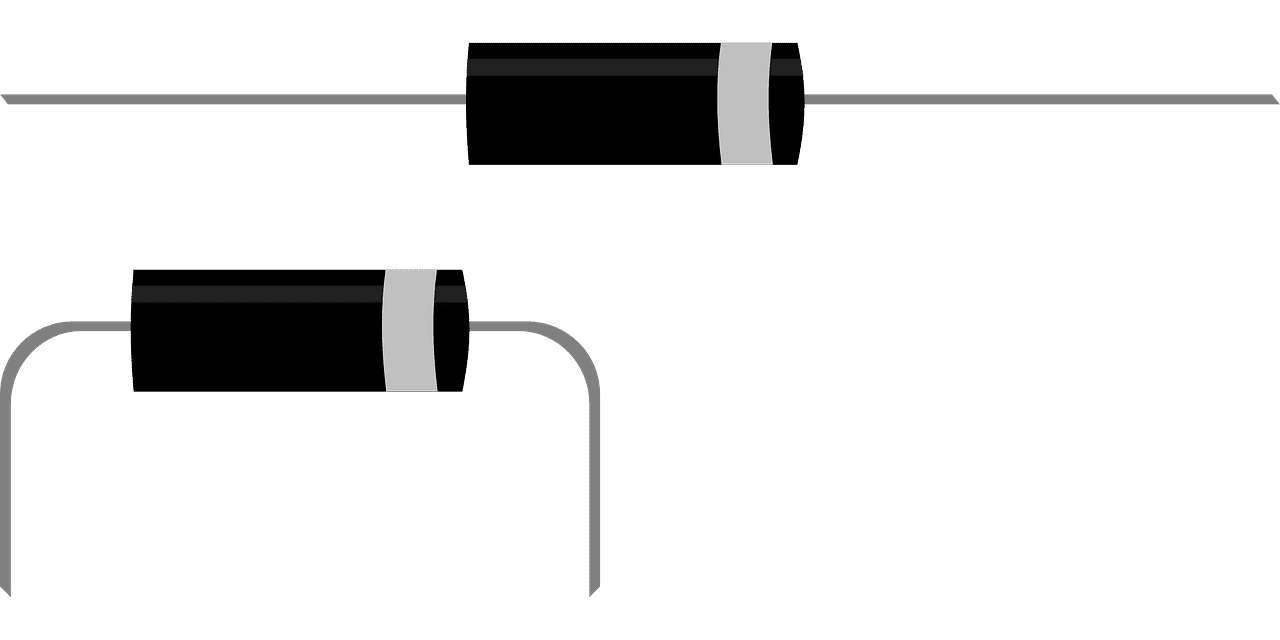Key Takeaways
- LEDs emit light when current flows through them, whereas diodes allow current to flow in one direction and do not emit light.
- LEDs are more energy-efficient than traditional diodes, as they convert electrical energy directly into the light without significant heat generation.
- LEDs are available in various colors and intensities, while diodes are colorless and do not have diverse intensity levels.

What is LED?
Light-emitting diode (LED) is a type of diode that is a semiconductor device that converts electrical energy into light energy. LEDs are more efficient than traditional lighting sources, such as incandescent and fluorescent lamps, and can last up to 10 times longer. They are composed of semiconductor materials, such as silicone, doped with certain impurities. When an electric current passes through the semiconductor, electrons and then holes are created in the material. As the electrons and holes recombine, energy is released in the form of photons, which we perceive as visible light.
LEDs can be utilized in a variety of applications and come in a variety of colors and sizes. They are frequently used for essential lighting, indicators, and displays like digital clocks and traffic lights. Military, medical, and automotive sectors all make use of LEDs. LEDs are used in various applications, including lighting, automotive, aviation, communications, and medical.
LEDs have proven to be a great lighting source. They can be utilized in many lighting applications, have a substantially longer lifespan than rooted incandescent bulbs, and are more energy-efficient. Because they don’t contain any dangerous elements and generate very little heat, they are also more environmentally friendly. LEDs can change how we illuminate our places ultimately.

What is a Diode?
A diode is an electronic component that controls current flow within an electrical circuit. It is a two-terminal device, with one side being the anode and the other the cathode. The diode permits current to flow in one direction while obstructing current in the opposite direction. Diodes are used as resisting semiconductors in electric circuits.
It is used in the electrical circuit to affect the electric current. The electrons in the conduction band give energy in the form of heat to the holes of the valence band.
Diodes are used in various electrical circuits, including power supplies and amplifiers. Diodes rectify alternating currents, control current flow in digital circuits, and safeguard circuits from damage caused by excessive current flow. They are also found in various consumer electronics, including televisions, computers, and industrial machinery.
The diode is essential in most electronic gadgets, and its applications will only inflate as technology improves. The diode’s capacity to control current flow and safeguard circuits from harm makes it an invaluable asset in today’s society.

Difference Between LED and Diode
- Diodes are intended to change the electrical current, whereas LEDs are designed to produce light.
- Manufacturers of diodes design the materials based on the current voltage and cycle flow through the diode. For LEDs, the current flow is the deciding factor.
- Diodes are hidden away in circuits where they can perform their functions, whereas LEDs are visible.
- Most diodes’ coating and shell are intended for protection rather than visibility. However, for the light to get through, the layer and surface that shields the LED,s must be transparent.
- Diodes are constructed from simple silicon materials with intrinsic semiconductor characteristics. LEDs are far more complex. Instead of pure silicon, LEDs are made with various metallic elements carefully combined with the silicon as it crystallizes.
Comparison Between LED and Diode
| Parameters of Comparison | LED | Diode |
|---|---|---|
| Working Principle | LED uses electroluminescence. | Diode controls the current flow. |
| Application | LEDs are used for illuminations. | Diodes are used in rectification and signal processing. |
| Nature of Light | LED light is incoherent and contains a variety of hues. | No light is emitted. |
| The reverse breakdown voltage value | Less than the diode. | Prominent than the LED. |
| Working operation | Conversion of electrical energy into light energy. | Forward biased and reverse biased. |

- Principles of Solar Cells, LEDs and Diodes: The Role of the PN Junction – Adrian Kitai – Google Books
- An Introduction to Light-emitting Diodes in: HortScience Volume 43 Issue 7 (2008) (ashs.org)
